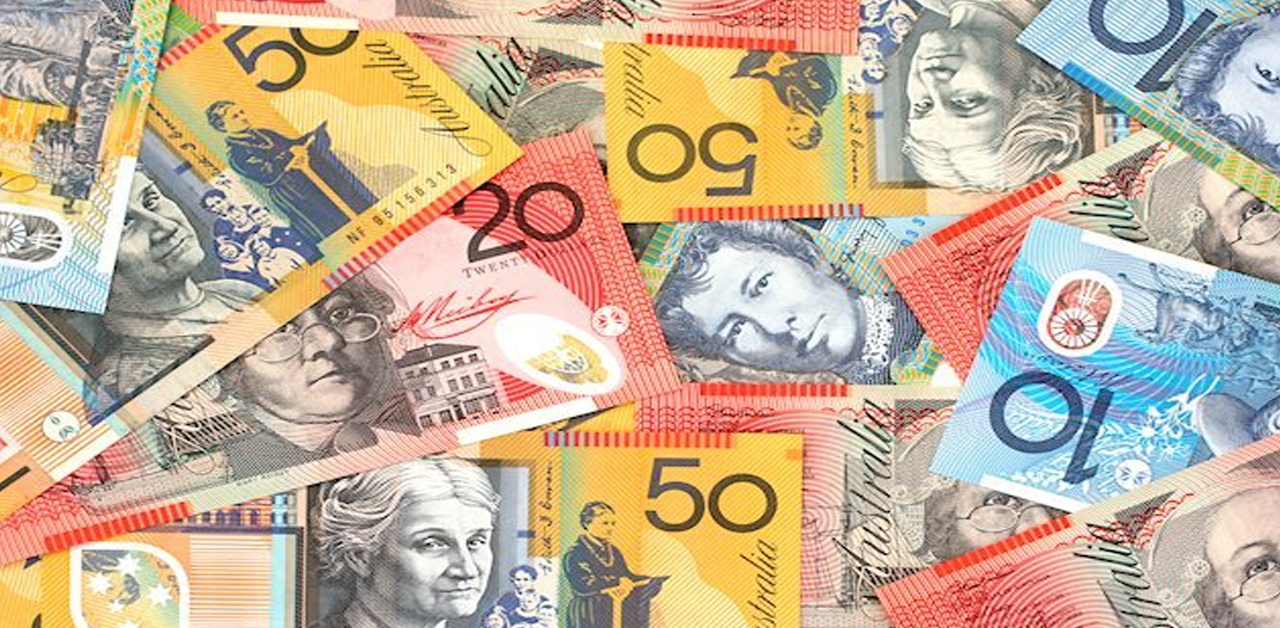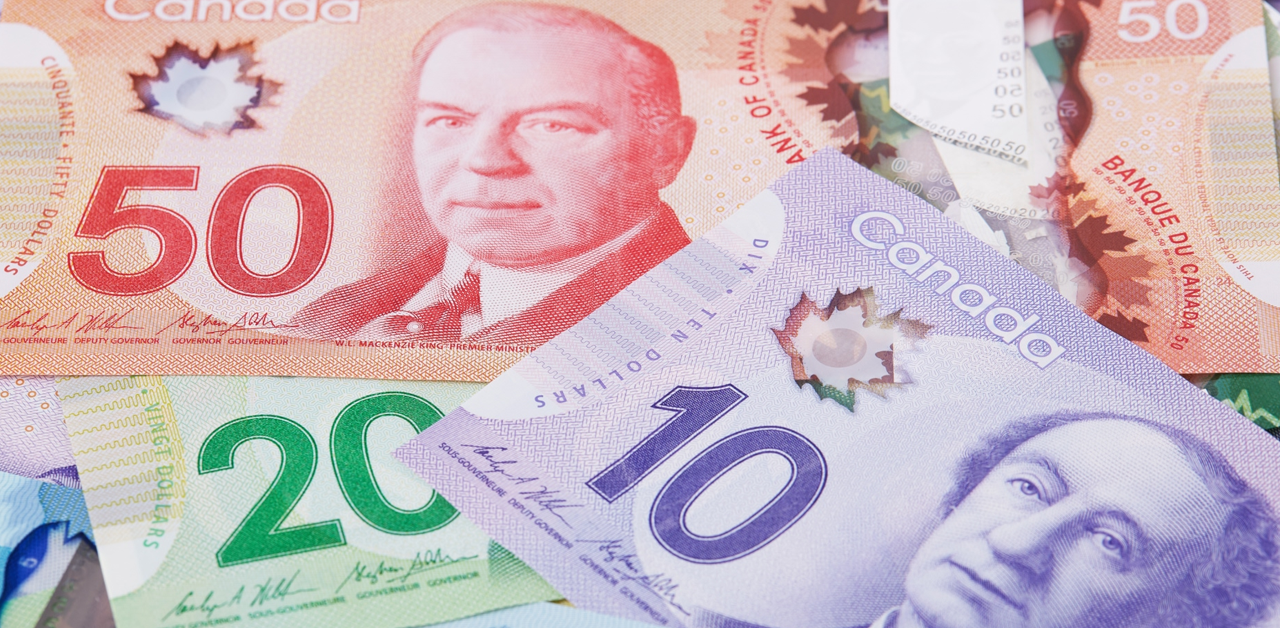Riksbank to Deliver 50bp Rate Hike Today
Today’s main event will be the Riksbank’s policy rate decision at 9:30 CET, where we expect a 50 basis point hike in line with market prices. We also expect the Riksbank to announce another rate hike in June (more on this in the Nordic section).
On the data front, Swedish and Norwegian unemployment rates for March and German consumer confidence will be released this morning. This afternoon, new orders for durable goods in the U.S. will be published.
Macroeconomics: Risk appetite dominated global markets, with equities down across the board and core yields falling amid widening intra-euro area spreads. Mixed corporate earnings and concerns about First Republic Bank were the main drivers of risk-off sentiment. Poor risk sentiment continued overnight in Asian trading.
Bank turmoil: First Republic Bank’s earnings report showed a 41% deposit outflow in the first quarter to just over $100 billion and is also considering divesting part of its business, reminding markets of the significant banking turmoil in March.
US Politics: Incumbent President Biden formally announced his campaign to be democratic nominee in the 2024 presidential election.
EU debt: In an opinion piece at FT yesterday, German Finance Minister Lindner repeated his argument that sound public finances require clear fiscal rules. He rejects the Commission’s proposal for country-specific debt plans and calls instead for common fiscal rules that include numerical debt reduction targets and additional measures to ensure compliance and better enforcement. Overall, the German tones are clearly too aggressive, making reform of EU fiscal rules an increasingly difficult undertaking, as we also discussed in Euro macro notes – Germany is falling back into old habits of April 14.
Equities pulled back on Tuesday with losses accelerating into the US session. S&P500 closed down -1.8% and Russell 2000 as much as -2.5%. The latter was dragged down by First Republic Bank that plunged 40% after showing a -35% contraction in deposits. Markets shifted to recession fear mode with all sectors lower and a classic defensives-over-cyclicals preference. Let’s call it risk off, with VIX rising all the way up to 19, yields falling in tandem with equities (the good old correlation) and industrial metals and oil down 2-3%. Solid tech earnings have bid up the Nasdaq futures this morning, so a shift in sentiment is in the cards.
FI: The sour risk sentiment sent 10y German yields 10bp lower despite the significant supply to markets yesterday from EU and Germany as well as hawkish commentary from Schnabel, who clearly favours a 50bp rate hike next week in our reading. Uncertainty is high for the upcoming ECB meeting whether ECB will deliver a 25bp or 50bp rate hike. Markets price 3.82%, which is 6bp less than on Monday.
FX: USD rebounded yesterday and notably EUR/USD was on a roller-coaster ride. First rising above 1.1060 before falling to around 1.0970 and despite a narrowing of the spread between short-term USD and EUR interest rates. Sour risk sentiment, i.e. a drop in US equities and oil price, looked to be the main culprit.
Credit: Overall the secondary credit markets remained calm while primary markets remained active. The iTraxx Main was unchanged while the iTraxx Xover widened 6bp from yesterday.
We expect the Riksbank to deliver a rate hike of 50bp bringing the policy rate to 3.50% and to signal an additional rate hike in June, somewhere between 25bp and 50bp. This view is well aligned with current market pricing, which indicates 50+30+15bp=95bp for three upcoming meetings. We still expect a final 50bp in June and a peak rate at 4.0%. After near-term hikes, the Riksbank’s rate path projections from the last two meetings have shown a completely flat profile until the end of the forecast period (which will now include Q2 26). If the Riksbank opts to do this again we would find it natural for the market to continue to ignore it. Notably, the market is pricing in the first full 25bp cut by Q1 2024 and close to another 25bp cut in Q2 2024. A signal of eventual rate cuts towards the end of the rate path would make more sense in our view, as the policy rate otherwise would be too restrictive for too long. While March inflation was lower than expectations, the gap to the Riksbank’s forecast remains too wide (1.4pp for core). In addition, macro developments have also been stronger than expected at the start of the year.











